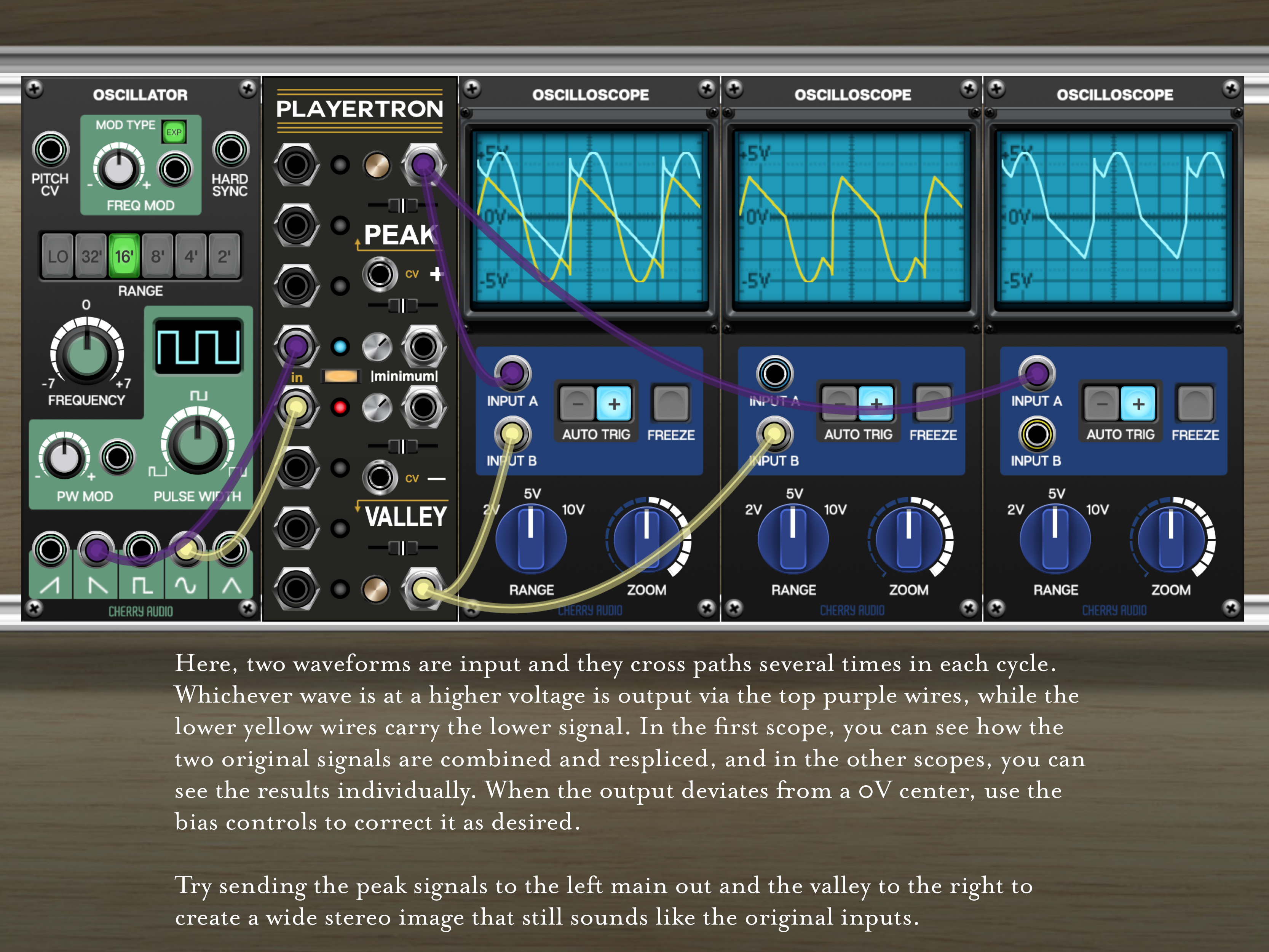$5.99 $20.99
Dissect stereo input signals into crest & body and positive & negative producing 4 segmentations per channel with an adjustable/modulatable dissector threshold control. Manipulate each partition and reunite the parts into a recombinant whole, use each part individually for different modulation tasks with group identity, or use any combination of target slices as distorted versions of their former selves. Even without further processing, the CV-controllable onboard gain controls per segment per channel can reshape incoming signals to great effect and the master output reassembles the parts (with a silver invertible blend knob for including the original signal in either phase) for convenience.
Carry mode controls offer various dissection methods and can be controlled with a single CV jack. As a wave is processed, it is diverted to one of four jacks - lower & upper positive outputs and lower & upper negative outputs. With the large carry mode button on, the signal is not zeroed in between such diversions such that reassembled waves are summed incorrectly, while offering something interesting. The second, smaller carry mode button offers a secondary partitioning method, where a crest is split into two body and crest portions (rather than the whole cresting wave coming out of a single jack), producing the same reconstructed original signal when left unaffected, but allowing for different results when manipulated.
For stereo convenience, a propagate button carries knob movements from channel one to channel 2. After propagating values, minor adjustments to the second channel can produce interesting stereo results. Individual partitioned outputs can be looped back into the input or cross to the other input or used to modulate thresholds and gains of either channel, resulting in complex and dynamic behaviors. An on/off switch cuts the processed signal from the master outputs leaving any amount of original signal that was specified by the master blend knob (silver, top).
The Wave Exsector does great work making oscillators more individualistic, chaos-prone, or nuanced, it offers possibilities for atypical modulation behaviors, it can split arpeggiation to multiple destinations, and it opens up opportunities for subtle to inventive mix tricks.






































































































